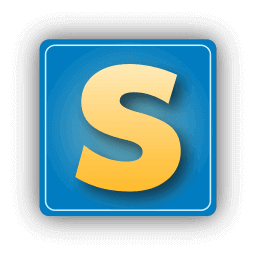
VirtualBox is a general-purpose full virtualizer for hardware. Targeted at server, desktop, and embedded use, it is now the only professional-quality virtualization solution. It is also Open-Source Software—a powerful virtualization product for enterprise and home use.
VirtualBox is useful in several scenarios, such as running multiple operating systems simultaneously. It allows you to operate more than one OS at a time.
This way, you can run software written for one operating system on another (for example, Windows software on Linux or a Mac) without having to reboot to use it.
Since you can configure what kinds of “virtual” hardware should be presented to each operating system, you can install an old operating system such as DOS or OS/2 even if it no longer supports your real computer’s hardware.
Software vendors can use virtual machines to ship entire software configurations. For example, installing a complete mail server solution on a real machine can be a tedious task.
With VirtualBox, such a complex setup (then often called an “appliance”) can be packed into a virtual machine. Installing and running a mail server becomes as easy as importing such an appliance into VirtualBox.
To run VirtualBox on your machine, you need:
- Reasonably powerful x86 hardware. Any recent Intel or AMD processor should do.
- Memory. Depending on what guest operating systems you want to run, you will need at least 512 MB of RAM (but probably more, and the more the better). You will need whatever your host operating system needs to run comfortably. Plus the amount that the guest operating system needs. So, if you want to run Windows 8.1 on Windows 7, you probably won’t enjoy the experience much with less than 2 GB of RAM. Check the minimum RAM requirements of the guest operating system, they often will refuse to install if it is given less. Sometimes it malfunctions instead. So you’ll need that for the guest alone, plus the memory your operating system normally needs.
- Hard disk space. While VirtualBox itself is very lean (a typical installation will only need about 30 MB of hard disk space), the virtual machines will require fairly huge files on disk to represent their hard disk storage. So, to install Windows 8, for example, you will need a file that will easily grow to several 10 GB in size.
- A supported host operating system. Presently, we support Windows, many Linux distributions, Mac OS X, Solaris, and OpenSolaris. Check the user manual of the VirtualBox version you are using that versions are supported.
- A supported guest operating system. Besides the user manual (see below), up-to-date information is available at “Status: Guest OSes“.
Currently, Oracle VM VirtualBox runs on the following host operating systems:
- Windows hosts (64-bit):
- Windows 8.1
- Windows 10
- Windows 11 21H2
- Windows Server 2012
- Windows Server 2012 R2
- Windows Server 2016
- Windows Server 2019
- Windows Server 2022
- Mac OS X hosts (64-bit):
- 10.15 (Catalina)
- 11 (Big Sur)
- 12 (Monterey)
Intel hardware is required.

